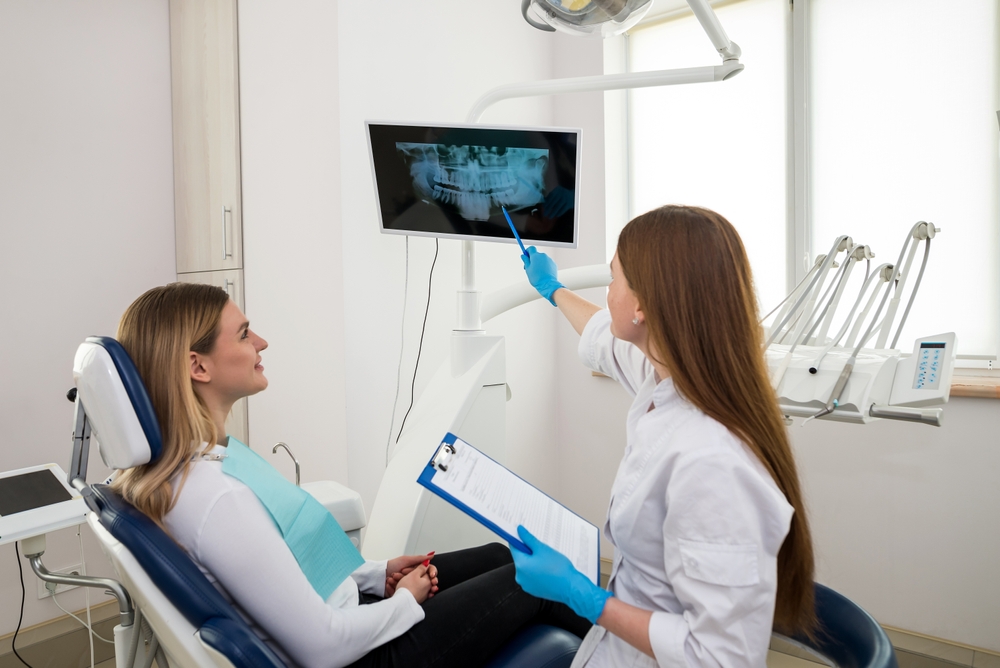Dental emergencies can strike at the most unexpected times, leaving you in pain and uncertainty about your oral health. Whether it’s a sudden toothache, a broken tooth, or a knocked-out tooth, knowing how to handle these urgent situations can make all the difference in minimising damage and ensuring a swift recovery. In this comprehensive guide on Emergency Dentistry, we’ll explore the various types of dental emergencies, the immediate steps you should take, what to expect when you visit a dentist during an emergency, and preventive measures to reduce the likelihood of future incidents.
Understanding Emergency Dentistry
Emergency Dentistry encompasses a range of urgent dental issues that require immediate attention to prevent further complications, alleviate pain, and preserve your oral health. Unlike regular dental visits, which focus on routine care and maintenance, emergency dentistry addresses unforeseen problems that arise suddenly and need prompt intervention.
Common dental emergencies include:
- Toothache: Persistent or severe pain may indicate an infection, abscess, or underlying dental issue.
- Chipped or Broken Teeth: Damage to the tooth structure can cause pain, sensitivity, and increase the risk of further complications if not treated promptly.
- Knocked-Out Teeth: Time is critical in reimplanting a knocked-out tooth to increase the chances of saving it.
- Lost Fillings or Crowns: Missing dental work can expose teeth to bacteria, leading to decay and sensitivity.
- Soft Tissue Injuries: Cuts or lacerations to the gums, cheeks, or tongue may require immediate attention to prevent infection and promote healing.
- Abscesses: Infections in the tooth or gums can cause swelling, pain, and systemic symptoms like fever.
Why Emergency Dentistry Matters
Addressing dental emergencies promptly is crucial for several reasons:
- Pain Relief: Immediate treatment can alleviate severe pain and discomfort.
- Prevention of Further Damage: Quick intervention can prevent the situation from worsening, saving more of your natural teeth.
- Preservation of Oral Health: Timely care helps maintain the integrity of your mouth, preventing infections and other complications.
- Cost Savings: Early treatment can reduce the need for more extensive and expensive procedures down the line.

Immediate Steps to Take During a Dental Emergency
When faced with a dental emergency, acting quickly and calmly is essential. Here are the immediate steps you should take:
- Stay Calm: Keeping a clear head allows you to assess the situation and take appropriate action without panic.
- Control Bleeding: Use a clean gauze pad to apply gentle pressure to the affected area for about 10-15 minutes until the bleeding stops.
- Manage Pain and Swelling: Take over-the-counter pain relievers like ibuprofen or acetaminophen to reduce pain and inflammation. Applying a cold pack externally can also help minimise swelling.
- Preserve Knocked-Out Teeth:
- Handle the tooth by the crown (not the root).
- Rinse it gently with water if dirty, but do not scrub or remove any tissue fragments.
- If possible, place the tooth back in the socket and hold it in place with gentle pressure.
- If reimplantation isn’t possible, store the tooth in milk or saline solution and seek immediate dental care.
- Protect Exposed Roots: Cover exposed roots with a piece of sugar-free gum or wax to protect them until you can reach the dentist.
- Remove Debris: For chipped or broken teeth, gently remove any loose pieces and rinse your mouth with water to clean the area.
- Seek Professional Help: Contact your local dentist as soon as possible to schedule an emergency appointment and receive appropriate treatment.
What to Expect When You Visit a Dentist During an Emergency
Arriving at the dental clinic during an emergency can be stressful, but understanding the process can help ease your anxiety. Here’s what you can expect:
- Initial Assessment: The dental team will perform a quick evaluation to determine the severity of the emergency and prioritise treatment based on urgency.
- Pain Management: Immediate steps will be taken to alleviate pain and discomfort, which may include local anesthesia or medication.
- Treatment Planning: Depending on the nature of the emergency, the dentist will outline the necessary procedures to address the issue. This could range from repairing a chipped tooth to performing a root canal or reimplanting a knocked-out tooth.
- Restoration Procedures: Treatments such as dental bonding, crowns, or implants will be carried out to restore the functionality and aesthetics of the affected tooth.
- Follow-Up Care: The dentist may schedule follow-up appointments to monitor healing, adjust treatments, or provide additional care as needed.
Preventive Measures to Minimise Dental Emergencies
While not all dental emergencies can be prevented, adopting certain habits can significantly reduce the risk:
- Maintain Good Oral Hygiene: Regular brushing and flossing help prevent tooth decay and gum disease, which are common causes of emergencies.
- Wear a Mouthguard: If you participate in contact sports or grind your teeth at night, wearing a mouthguard can protect your teeth from trauma.
- Avoid Hard Foods: Limiting consumption of hard foods like ice, hard candies, and nuts can prevent tooth fractures.
- Regular Dental Check-Ups: Routine visits allow your dentist to identify and address potential issues before they escalate into emergencies.
- Stay Hydrated: Drinking plenty of water helps maintain saliva production, which protects teeth from decay and infections.
When to Seek Immediate Dental Care
Not all dental issues require urgent attention, but knowing when to seek immediate care can prevent minor problems from becoming major ones. Seek emergency dental care if you experience:
- Severe Tooth Pain: Intense pain that doesn’t subside with pain relievers.
- Significant Tooth Damage: Large chips, fractures, or complete dislodgment of a tooth.
- Prolonged Bleeding: Bleeding that doesn’t stop with pressure after an injury.
- Signs of Infection: Swelling, redness, or pus around the affected area.
- Lost Filling or Crown: Missing dental work that exposes the tooth to bacteria.
Conclusion
Dental emergencies can be daunting, but being prepared and knowing what to expect can make managing them much easier. By understanding the types of common dental emergencies, taking immediate steps to address them, and seeking professional help when needed, you can protect your oral health and maintain a confident smile.


